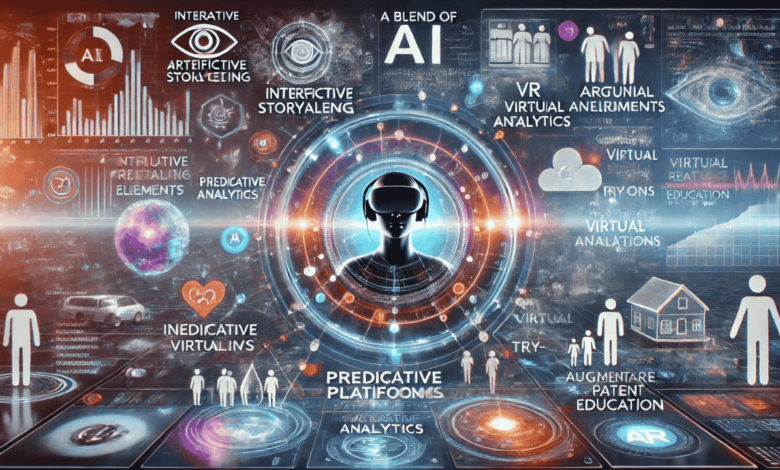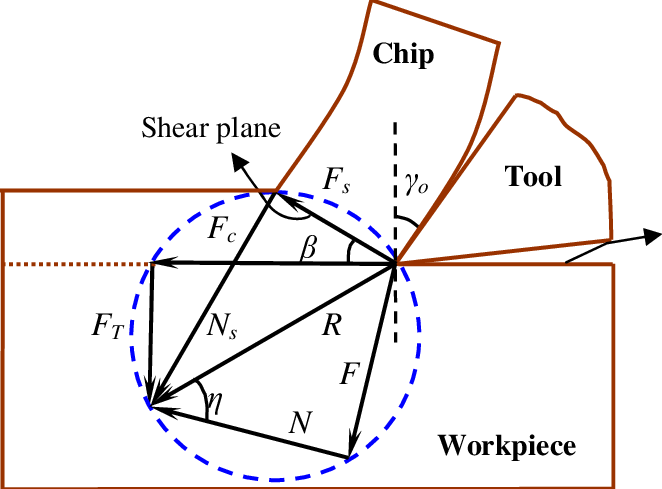In the world of digital communication and data transmission, new technologies and paradigms emerge frequently. Some fade away, while others redefine how we engage with data and systems. One such emerging concept that is beginning to capture attention in tech circles is Methatreams. Despite being a relatively new and evolving concept, Methatreams is creating ripples in how we envision the future of data streaming, decentralized systems, and possibly even the web itself.
This article dives deep into the concept of Methatreams—what it means, why it’s relevant, and how it may shape the future of technology. We’ll explore its key characteristics, potential applications, and implications for individuals, businesses, and the broader technology landscape.
What Are Methatreams?
At its core, the term Methastreams refers to an advanced form of data streaming that emphasizes real-time, decentralized, and multi-layered data transmission across systems and platforms. Think of Methastreams as a framework where streams of data are continuously transmitted, modified, and merged from multiple sources to provide cohesive, real-time insights and services.
Unlike traditional streaming systems, Methatreams go beyond simple data flow. They incorporate more sophisticated architectures that allow different streams of data to interact with each other dynamically, adaptively changing based on input from various sources. These sources could range from Internet of Things (IoT) devices, cloud systems, databases, or user activities online.
Key Features of Methatreams
Methatreams are not just an improvement on current data streaming protocols. They introduce several unique features, which include:
- Decentralization: Methastreams operate without relying on a single centralized server, creating a more resilient and fault-tolerant network. This decentralization allows data to be distributed across a broader, more secure network.
- Interactivity: Unlike linear data streams that follow a rigid structure, Methastreams can merge, split, or adapt based on real-time data interactions and feedback loops from users or systems.
- Real-Time Adaptability: These streams constantly adjust themselves based on new incoming data, optimizing their flow and format in real time to match the current needs of the system.
- Data Provenance: One of the major concerns in the current digital age is the authenticity and traceability of data. Methastreams have built-in mechanisms for tracking the origin and changes to data in the stream, which enhances transparency and trust.
- Multi-Layered Structure: Methastreams function on multiple layers, integrating data from disparate sources into a cohesive flow. They can accommodate structured, semi-structured, or unstructured data, making them versatile for a variety of applications.
With these capabilities, Methatreams is being positioned as an essential evolution in the realm of data transmission and cloud computing.
How Do Methatreams Work?

The concept of Methastreams is complex, but breaking it down into its key components makes it easier to understand. Methastreams borrow heavily from existing technologies, such as data streaming, distributed systems, and blockchain, while adding novel features.
The Architecture Behind Methatreams
At the foundation of Methatreams is a distributed architecture, meaning no single server or node controls the stream. Instead, data is broken into fragments and transmitted through multiple nodes across a network. This architecture ensures that there is no single point of failure. If one node fails, the stream can seamlessly reroute to another, maintaining uptime and minimizing disruptions.
The multi-layered nature of Methatreams also enables data aggregation from various sources. These could be cloud databases, edge devices, or even user input from mobile applications. The data is streamed in parallel across layers, which may correspond to different formats, types, or levels of importance.
Real-Time Adaptation and Merging
Methatreams introduce a fascinating feature called real-time merging, which allows streams of data from various sources to combine dynamically. For example, imagine data coming from a weather station, financial markets, and a social media platform. Methatreams could merge these disparate streams to create new insights based on the combined data. This is more than just raw data fusion—it’s an intelligent recombination of data that creates additional value.
Additionally, Methatreams have the capability to adjust their parameters on the fly. If there is a surge in data from one source, the stream can allocate more resources to handle that surge, preventing bottlenecks or latency.
Security and Data Integrity
A critical element of Methatreams is its built-in security. With more data being streamed across more devices, the risk of tampering, hacking, or data corruption increases. Methastreams address this issue by implementing cryptographic measures similar to blockchain technology, ensuring that data cannot be altered once it’s been added to the stream.
Another critical aspect is data provenance, which tracks the origin of the data and any modifications made to it along the way. This enhances both the transparency and trustworthiness of the data, making it more reliable for real-time decision-making processes.
The Importance of Methatreams in Today’s Digital World
Why do Methastreams matter, especially when we already have streaming technologies in place like Netflix’s video streaming or live data feeds from the stock market? The answer lies in their potential to solve pressing issues related to scale, data integration, and real-time interaction in a digital-first world.
Scalability and Flexibility
Traditional streaming solutions struggle with scalability, particularly when they face massive amounts of data from diverse sources. Methatreams are inherently scalable, as their decentralized structure allows them to add more nodes and computing power as needed. Whether it’s millions of IoT devices in a smart city or real-time sensor data from a factory floor, Methatreams can handle it without breaking a sweat.
Solving Data Silos
One of the biggest issues in the digital age is the existence of data silos—isolated pockets of information that can’t communicate with each other. Businesses, governments, and individuals generate massive amounts of data, but it often exists in separate, non-integrated systems. Methatreams can break down these barriers, merging data from various platforms, systems, and formats in real time.
This integration not only allows businesses to have a more holistic view of their data but also enables them to derive more meaningful insights. For example, Methatreams could help healthcare providers combine patient data from multiple hospitals, insurance databases, and wearables, providing better real-time diagnosis and care.
Supporting Emerging Technologies
The rise of technologies like Artificial Intelligence (AI), Machine Learning (ML), and 5G demands more robust and flexible data infrastructures. Methastreams offer the ability to continuously feed real-time data into AI and ML models, which require constant learning and updating. These models can become more accurate and adaptive when they’re exposed to fresh, unfragmented data streams.
Similarly, 5G networks are paving the way for more connected devices and faster data transmission, but they need a corresponding backend technology to handle the flow. Methastreams, with their scalability and real-time adaptability, are ideally positioned to meet these needs.
Applications of Methastreams: Real-World Use Cases
Although still a nascent technology, Methastreams have the potential to revolutionize various industries and fields. Let’s look at some potential applications across different sectors.
Healthcare
In healthcare, the ability to gather and analyze real-time data from various sources is crucial. Imagine a hospital where patient data from electronic health records, real-time heart monitors, and wearable devices are all combined through Methastreams. This would allow doctors to have a comprehensive, moment-by-moment view of a patient’s health, improving diagnostics and potentially saving lives.
Additionally, Methastreams can enhance telemedicine by allowing seamless, real-time communication of patient data between remote doctors and patients, ensuring that critical health decisions can be made faster.
Smart Cities
Methastreams could be a driving force behind the development of smart cities. By combining real-time data from traffic sensors, weather forecasts, energy grids, and public transportation systems, Methastreams could optimize urban operations. For instance, city planners could monitor traffic patterns and immediately reroute vehicles in response to accidents or congestion, reducing travel time and fuel consumption.
Additionally, the energy sector could benefit greatly. Methastreams could help integrate data from smart meters, renewable energy sources, and power plants to ensure a stable energy supply, balancing demand and minimizing waste.
Financial Markets
Financial markets thrive on data—both historical and real-time. Methastreams can enable traders and institutions to process massive amounts of market data in real time, helping them to make better, faster decisions. For example, data from social media platforms, news outlets, and market activity could be streamed and merged to provide instant insight into stock market fluctuations.
In the era of high-frequency trading, the ability to process and respond to incoming data streams in milliseconds can be the difference between profit and loss.
Autonomous Vehicles
For autonomous vehicles, real-time data streaming is crucial. These vehicles need to process data from cameras, radar, GPS, and LiDAR systems to make quick decisions while driving. Methastreams could provide a backbone for merging and analyzing all these data points simultaneously, improving the decision-making capabilities of autonomous cars.
Furthermore, Methastreams could facilitate the communication between vehicles and traffic systems in smart cities, enhancing road safety and reducing accidents.
The Future of Methastreams: Challenges and Opportunities
While Methastreams hold tremendous promise, they also face challenges that could impede their widespread adoption. Addressing these hurdles will be crucial for their future growth.
Technical Challenges
One of the primary challenges is the complexity of implementation. Methastreams require a sophisticated network of decentralized nodes and layers that can handle vast amounts of data in real-time. Creating such a network, especially across different industries and applications, will require significant investments in both time and resources.
Additionally, maintaining data integrity across a distributed system presents unique challenges. As data is streamed from various sources, ensuring that it remains secure, accurate, and tamper-proof is no small feat.
Privacy Concerns
Another challenge is privacy. As Methastreams merge data from multiple sources, some of which may contain sensitive personal information, ensuring user privacy will be essential. Developers will need to implement strong encryption, anonymization techniques, and adherence to global privacy regulations like GDPR to protect users.
Opportunity for Innovation
Despite these challenges, Methastreams also present numerous opportunities for innovation. Startups and established companies alike could explore how Methastreams could revolutionize their industries, creating new products and services that were previously unimaginable.
For instance, combining AI, edge computing, and Methastreams could lead to a new generation of intelligent systems that continuously learn and adapt based on real-time data flows, potentially revolutionizing everything from healthcare to transportation.
Conclusion: A Transformative Shift in Data Streaming
Methastreams represent an exciting evolution in how we handle data. With their decentralized architecture, real-time adaptability, and ability to merge data from multiple sources, Methastreams holds the potential to transform industries across the board—from healthcare and smart cities to finance and transportation.
Although still in its early stages, the Methastreams concept points toward a future where data is more integrated, adaptive, and accessible. As the technology matures, it could unlock a new era of innovation, allowing businesses, governments, and individuals to harness the power of real-time data like never before.
For those keeping an eye on the future of data streaming, Methatreams are worth watching. Whether you’re a developer, business leader, or tech enthusiast, understanding Methatreams now could give you a head start on the next big wave of digital transformation.








Leave a Reply